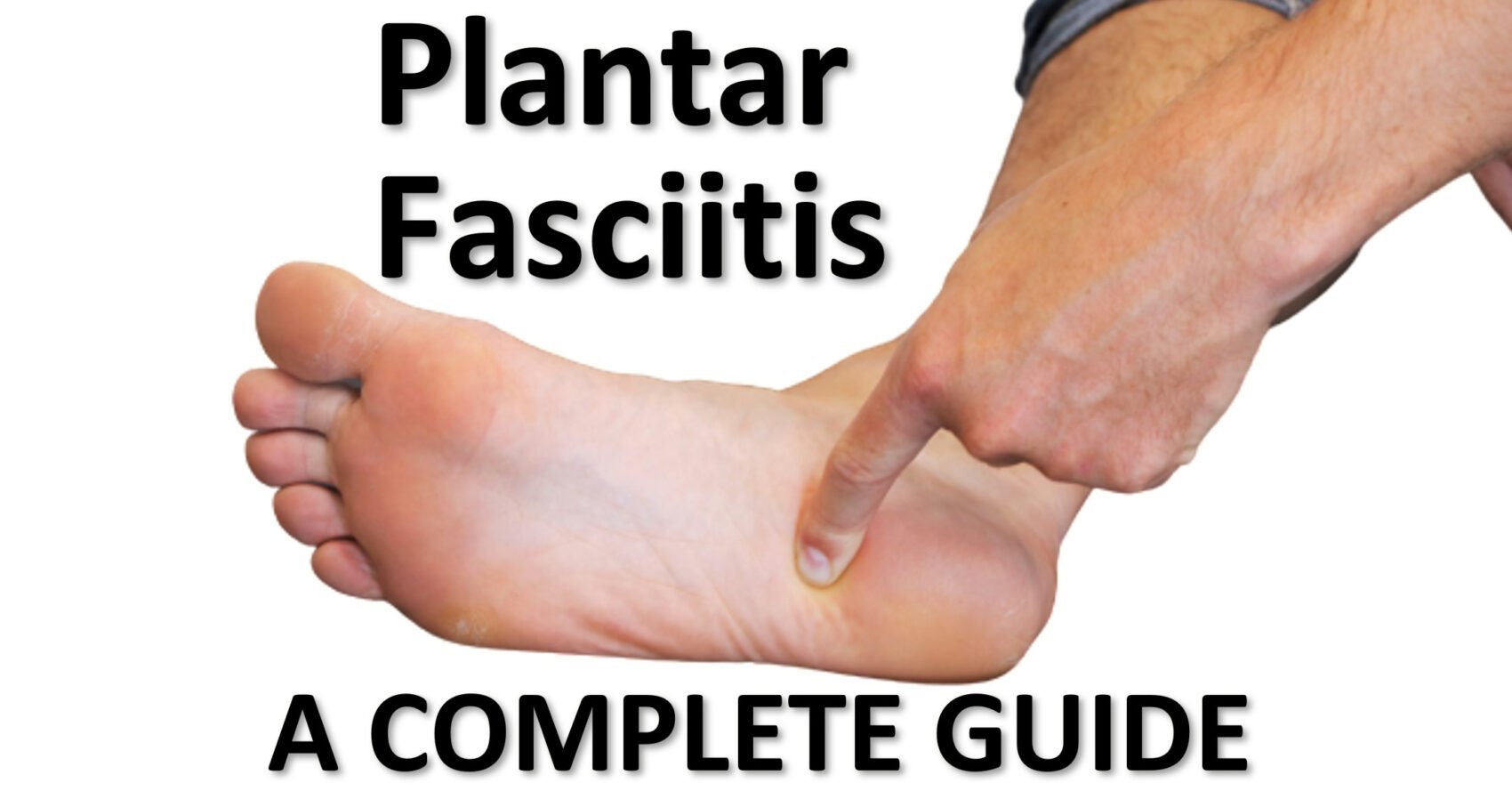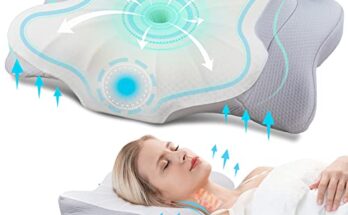Massage can help relieve symptoms of plantar fasciitis by reducing tension and improving circulation. It is a non-invasive and effective treatment option recommended by healthcare professionals.
Plantar fasciitis is a common foot condition characterized by inflammation in the tissues that support the arch of the foot. People suffering from plantar fasciitis often experience pain and discomfort in the heel area, especially in the morning or after long periods of inactivity.
Massage therapy can target the affected area, help loosen tight muscles, and promote healing. By incorporating massage into a comprehensive treatment plan, individuals with plantar fasciitis may experience symptom relief and improved mobility.
What Is Plantar Fasciitis?
Plantar fasciitis is a common condition characterized by heel pain caused by inflammation of the plantar fascia. While massage can provide temporary relief, it is not a cure for plantar fasciitis.
Causes Of Plantar Fasciitis
Plantar Fasciitis develops due to overuse or strain on the plantar fascia, the ligament that supports the arch of the foot.
Factors like prolonged standing, excessive walking, or wearing improper footwear can contribute to this condition.
Symptoms Of Plantar Fasciitis
The hallmark symptom is sharp pain in the heel or bottom of the foot, especially when taking the first steps in the morning.
Swelling, tenderness, and stiffness in the affected area are common indicators of Plantar Fasciitis.
What is Plantar Fasciitis?
Plantar Fasciitis is a condition characterized by inflammation of the plantar fascia, a thick band of tissue that connects the heel to the toes. This condition commonly causes pain in the heel area and can affect individuals of all ages. Massage therapy is becoming increasingly popular as a complementary treatment for Plantar Fasciitis. By targeting the affected area with specific techniques, massage can help alleviate pain, reduce inflammation, and promote healing. Let’s delve into the causes and symptoms of Plantar Fasciitis to better understand how massage may provide relief.
Understanding The Role Of Massage
How Massage Works
Massage increases blood flow, loosens tight muscles, and reduces inflammation, aiding in plantar fasciitis relief.
Benefits Of Massage For Plantar Fasciitis
1. Alleviates pain: Massage helps in reducing the discomfort associated with plantar fasciitis.
2. Improves flexibility: Massage techniques can enhance the flexibility of the foot and reduce stiffness.
3. Aids in healing: By promoting circulation, massage supports the healing process of the plantar fascia.
Types Of Massages For Plantar Fasciitis
When it comes to finding relief from the pain and discomfort caused by plantar fasciitis, massages can be an effective treatment option. Massage therapy can help to reduce inflammation, alleviate muscle tension, and promote healing in the affected area. Different types of massages can target specific areas and provide varying levels of relief. In this article, we will explore three types of massages commonly used to treat plantar fasciitis: deep tissue massage, trigger point therapy, and sports massage.
Deep Tissue Massage
A deep tissue massage is a type of massage that focuses on reaching the deeper layers of muscles and connective tissue. With plantar fasciitis, this form of massage can target the tight muscles in the calves and feet, helping to release the tension and promoting better blood flow. The therapist will use slow, firm strokes and apply pressure to the affected areas, working to break down adhesions and restore mobility. Regular deep tissue massages can help to reduce pain and improve flexibility in the feet.
Trigger Point Therapy
Trigger point therapy involves applying pressure to specific points in the muscles, known as trigger points, to relieve pain and muscle tension. With plantar fasciitis, this therapy can target trigger points in the calves and feet, helping to release the tightness and alleviate pain. The therapist will locate the trigger points through manual palpation and apply pressure using their fingers or specialized tools. By stimulating these trigger points, the therapist can reduce pain and restore normal muscle function.
Sports Massage
Sports massage is a type of massage that combines different techniques to address specific sports-related injuries or conditions. With plantar fasciitis, a sports massage can help to target the tight muscles and restore flexibility in the feet. The massage therapist may use a combination of techniques, including deep tissue massage, stretching, and range of motion exercises. This type of massage can help to improve blood circulation, reduce inflammation, and accelerate the healing process.

Credit: www.premier-podiatry.com
Massage Techniques For Plantar Fasciitis
When it comes to managing the discomfort of plantar fasciitis, massage therapy can be an effective complementary treatment. Massage techniques can help alleviate the tension, stiffness, and inflammation that are commonly associated with this condition. By focusing on specific massage techniques, individuals with plantar fasciitis can find relief and improvement in their symptoms.
Stretching And Mobilization
Stretching and mobilization are crucial components of massage therapy for plantar fasciitis. Gentle and targeted stretches can help improve flexibility and mobility in the foot and lower leg, reducing the strain on the plantar fascia. Additionally, mobilization techniques such as ankle rotations and toe exercises can help increase blood flow and alleviate tension in the affected area.
Myofascial Release Techniques
Myofascial release techniques target the soft tissue restrictions that contribute to the discomfort associated with plantar fasciitis. This type of massage focuses on applying sustained pressure to the affected areas, helping to relax and release the tension in the fascia. By addressing these restrictions, myofascial release can improve overall mobility and reduce pain in the foot.
When To Seek Professional Assistance
Consulting A Massage Therapist
If you are experiencing persistent plantar fasciitis pain despite trying self-massage techniques or other at-home remedies, it may be time to consult a certified massage therapist. These professionals are trained to apply specific massage techniques that can effectively target the affected areas of your foot, helping to alleviate pain and promote healing. Moreover, a massage therapist can provide personalized guidance on stretching exercises and self-care strategies to complement the massage treatments.
Other Treatment Options
If massage therapy alone does not sufficiently relieve your plantar fasciitis symptoms, it is advisable to consider exploring other treatment options alongside or in place of massage. Some alternatives to consider include:
- Physical therapy to address biomechanical issues contributing to plantar fasciitis
- Orthotic inserts or supportive footwear to provide better arch support
- Shockwave therapy to stimulate healing in the affected tissues
- Nonsteroidal anti-inflammatory drugs (NSAIDs) for pain management
- Corticosteroid injections for severe, unresponsive cases

Credit: cornerstonephysio.com
Frequently Asked Questions For Will Massage Help Plantar Fasciitis
Can You Fix Plantar Fasciitis With Massage?
Yes, massage can help alleviate symptoms of plantar fasciitis by reducing pain and improving flexibility in the foot.
What Aggravates Plantar Fasciitis?
Common triggers for plantar fasciitis include overuse, improper footwear, high-impact activities, repetitive strain, and tight calf muscles.
How Do I Finally Get Rid Of Plantar Fasciitis?
To finally get rid of plantar fasciitis, follow these steps: 1. Rest your feet and avoid activities that worsen the pain. 2. Apply ice packs to reduce inflammation. 3. Stretch your arches and calves regularly. 4. Wear supportive footwear with cushioned insoles.
5. Consider physical therapy or orthotic inserts for long-term relief.
Where Do You Press For Plantar Fasciitis?
For plantar fasciitis, press where the heel meets the arch of the foot. Apply pressure within your comfort level.
Conclusion
Massage therapy can be a beneficial treatment option for individuals suffering from plantar fasciitis. By targeting the affected muscle groups and promoting relaxation, massage helps alleviate pain and tension associated with the condition. With regular sessions and proper care, massage therapy can play a crucial role in managing plantar fasciitis symptoms and improving overall foot health.
So consider incorporating massages into your treatment plan to experience potential relief and enhanced well-being.



